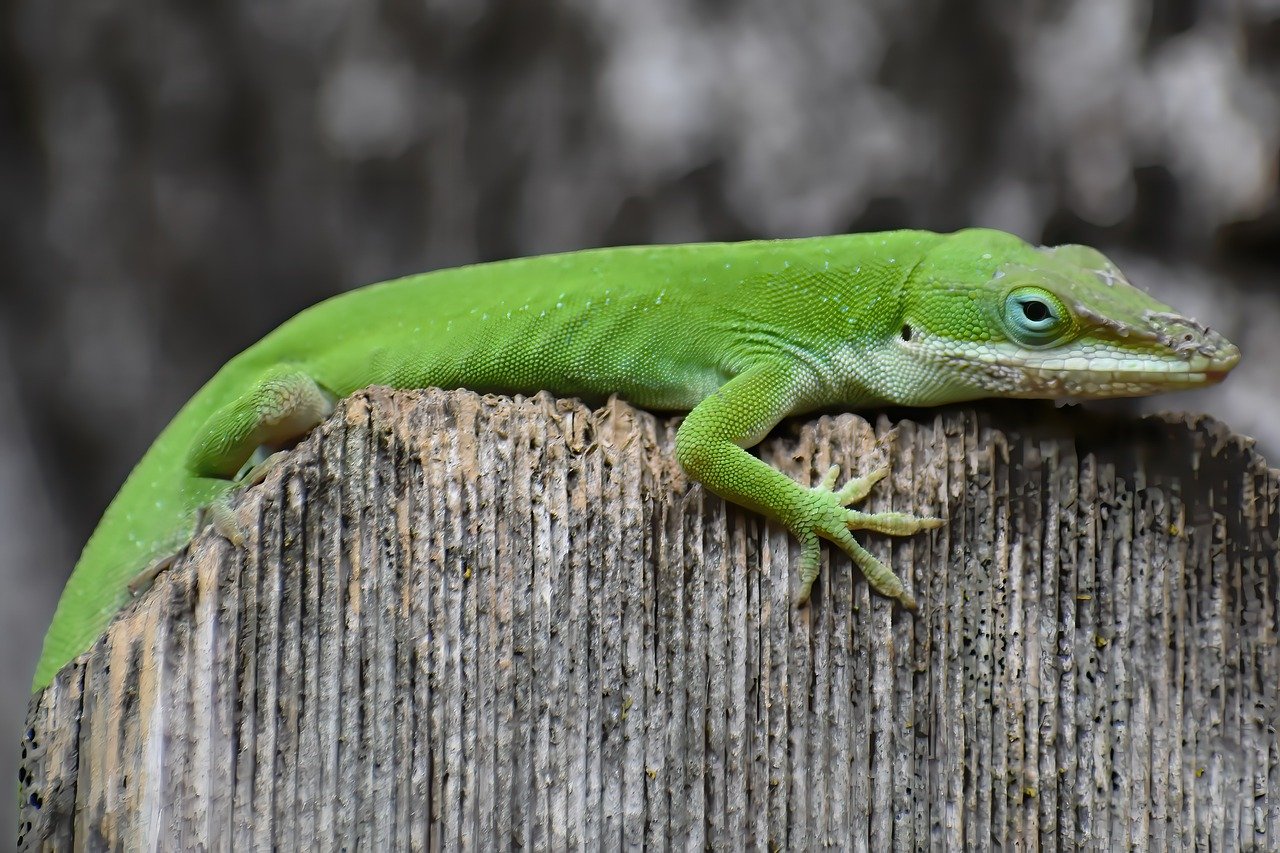Summary of Looking out for autumn hitchhikers:
Robert L. Hill reminds people to check their indoor/outdoor plants for hitchhiking animals before bringing them indoors for the fall and winter. He mentions species such as tree frogs, green anoles, toads, and snakes that may be hiding in the plants. He advises people to carefully inspect their plants and move any hitchhikers back outside to ensure their survival. He encourages people to be good neighbors to these animals.
Summary:
– As the weather turns colder, it’s important to check your outdoor plants for hitchhikers before bringing them inside for the season.
– Common hitchhikers include frogs, such as treefrogs and anoles, as well as small snakes and toads that may burrow into the potting soil of your plants.
– By safely relocating these hitchhikers back outdoors, we can be good neighbors to the wildlife in our area.
Hey everyone! It’s that time of year again when we’re transitioning our beloved outdoor plants back inside for the colder months. As we do so, we must watch for some unexpected guests who might have hitched a ride on our foliage. Today, we will explore the fascinating world of autumn hitchhikers and learn how we can help these creatures find their way back to where they belong.
First off, let’s talk about some of the most common hitchhikers you might encounter: frogs. These little amphibians can be skilled at finding hiding spots on or within our plants as we prepare to move them indoors. Species such as treefrogs, including Cope’s gray treefrog and green treefrogs, are known to take a ride on our leafy treasures. As you bring in your plants, take the time to inspect the nooks and crannies, ensuring that no froggy companion makes its way into your home. These wonderful creatures are best suited for the great outdoors, where they can thrive in their natural habitat.
In addition to frogs, you might also encounter green anoles, often called “American chameleons.” These small lizards might use your potted plants as a cozy hiding place, but the indoor environment may not provide them with the necessary resources to thrive. By watching for these little adventurers, we can ensure they find their way back to the great outdoors, where they can flourish.
Now, let’s not forget about the critters that may choose to burrow down into the soil of our potted plants. As these animals seek shelter from the cold, they might inadvertently come inside with our plants. American or Fowler’s toads, as well as small harmless snakes, including ringneck snakes, Dekay’s brown snakes, and earth snakes, could find their way into the potting soil. It’s important to check the first couple of inches of soil in your plants to make sure you aren’t inadvertently bringing these extra friends inside.
By being mindful of these creatures and safely relocating them back outdoors, we can take on the role of good neighbors to the wildlife in our area. Not only does this help these animals thrive in their natural environments, but it also allows us to learn more about the incredible biodiversity that surrounds us.
As we navigate this seasonal transition, let’s make it a point to be stewards of the wildlife around us, ensuring that all creatures, big and small, have the chance to flourish in their natural habitats.
I wish you all a fantastic fall and winter filled with the beauty of nature and the awe of the natural world!
Robert L. Hill
Curator of Herpetology


